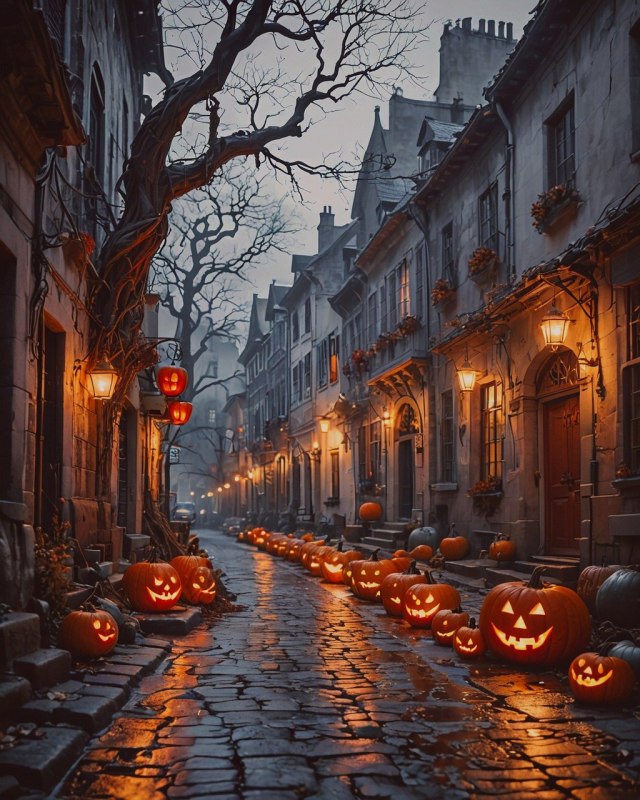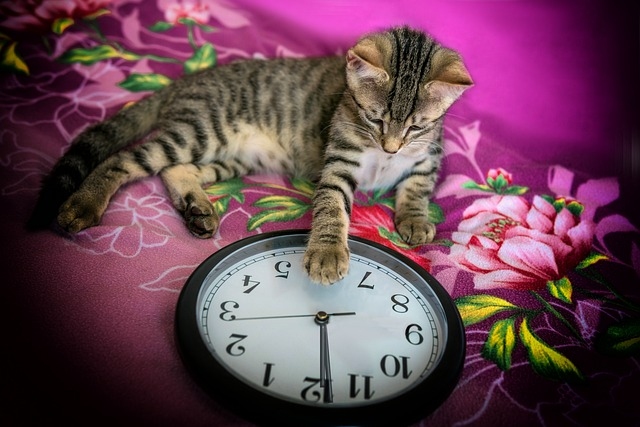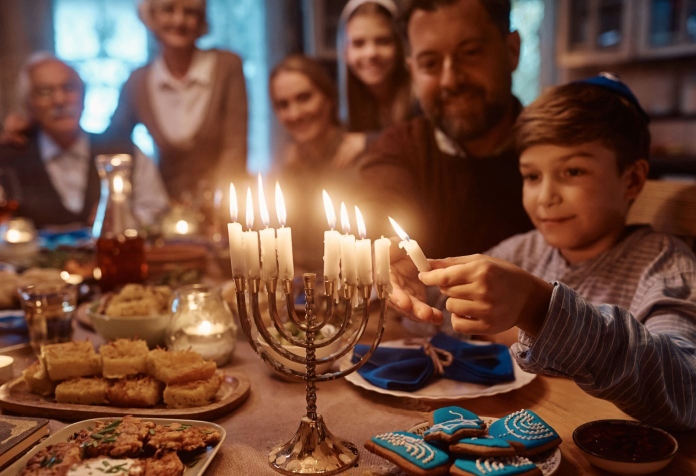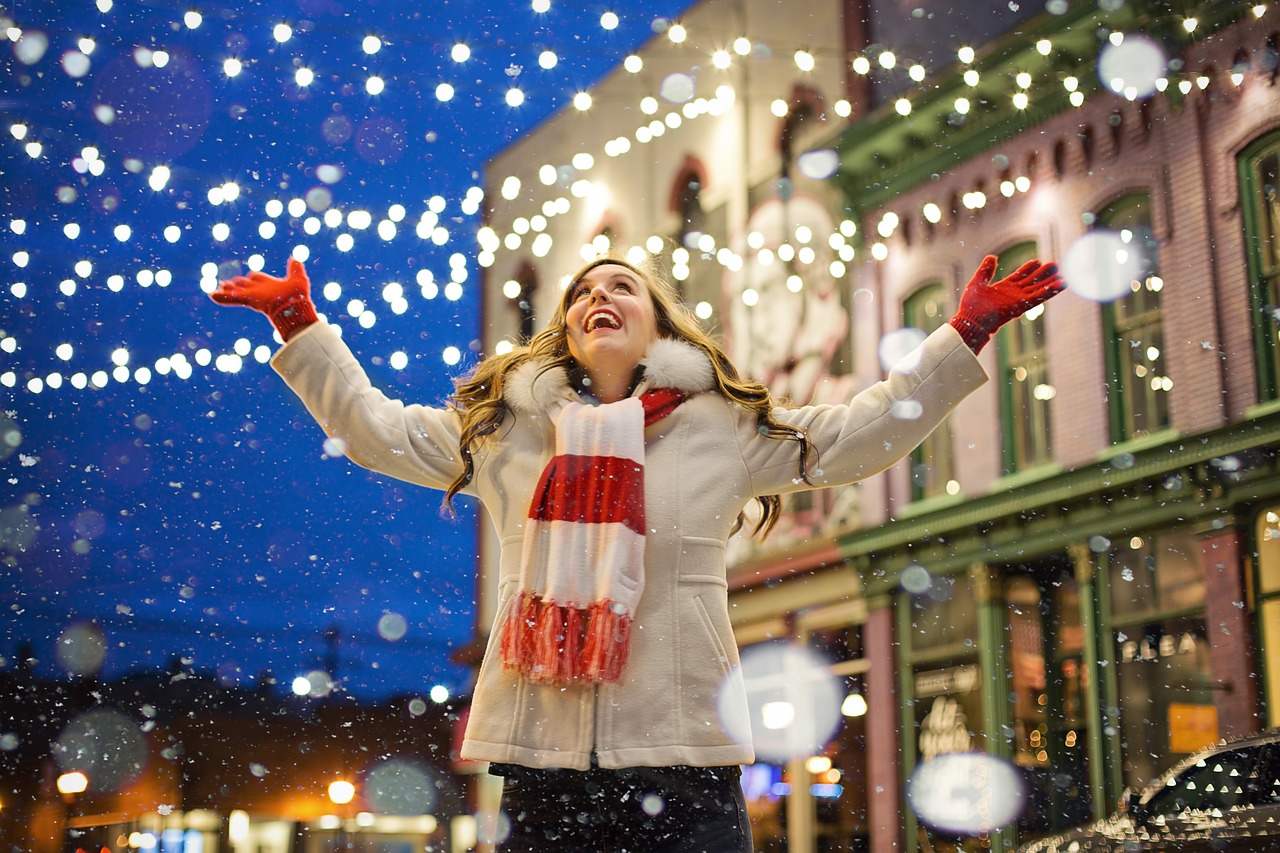
Western Traditions: United States of America: In the United States, there are family gatherings and festive decorations. The custom of decorating Christmas trees is widely popular, with families adorning their homes with lights, ornaments, and tinsel. The exchange of gifts on morning of the cherished day is a cherished tradition, and the figure of Santa Claus, with his reindeer and sleigh, is an iconic joyous symbol. Many American families enjoy a big dinner with such foods as roasted turkey, mashed potatoes, and salty meat pies. Three billion Christmas cards are sent out in the USA every year. Approximately 35 million living Christmas trees are sold each year in the USA;more than 45 million are planted
United Kingdom and Ireland: The UK celebrates with traditional dishes such as roast turkey and special pudding. Carol singing, both in churches and door-to-door, is a widespread custom. Many cities also feature elaborate Christmas markets where locals and visitors can indulge in festive treats and shop for handmade crafts. While in the USA Christmas lasts only one day,December 25th; in the UK and Ireland, its observane often lasts for 10 days, and sometimes goes on for nearly a month.
Italy: Italy’s Christmas celebrations often include a festive feast known as La Vigilia (The Vigil) on Christmas Eve, featuring a variety of seafood dishes. Nativity scenes, or presepi, are a significant part of Italian Christmas decorations, showcasing detailed depictions of the birth of Jesus.
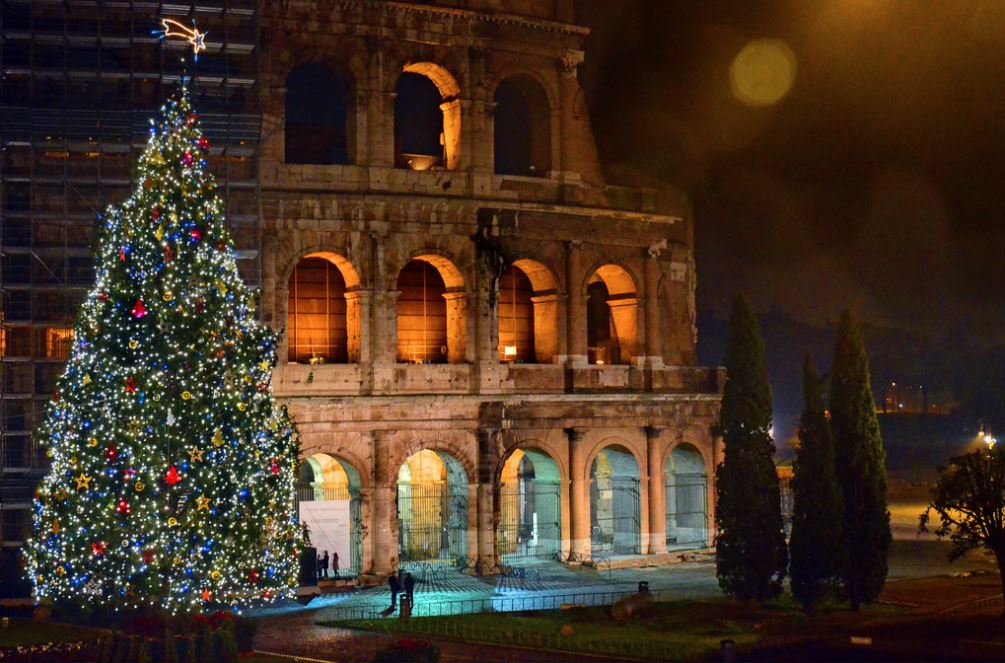
Germany: Germany is renowned for its Christmas markets, where locals and tourists alike revel in the festive atmosphere. Advent calendars, invented in Germany, are widely used to count down the days until the grand,blessed event. The German tradition of the Christkind, a symbolic figure representing the Christ Child, is an alternative to the more familiar Santa Claus.
Norway: Many Norwegians practice a Christmas Eve tradition of hiding their brooms; a customs that goes back centuries when people believed that witches and evil spirits came out thereupon looking for brooms to ride on.
Ireland: Many people light a candle and leave it on a window, that has no curtains, on Christmas Eve, and thereafter; these candles are a sign of welcome and a warm hospitality. On Christmas Day, there are thousands and thousands of people who jump into rivers, lakes, and the ocean to take a very chilly swim in just their bathing suits.
Great Britain: Many people also take a freezing swim on this holy day. Many Brits wear paper crowns, often brightly colored and ill fitting, on Christmas Day. The paper crown custom can be traced to the ancient Romans, who once conquered Great Britain, and the Romans wore party style headgear to celebrate the feast of Saturnalia, a festival that took place during the winter months, Carol singing, midnight church services, and pub crawls are some of the activities engaged by many families (at times all three activities are combined for a fun night out). On Christmas Eve, traditionally, meat pies and sherry (or milk) are left for Santa Claus (who the Brits call Father Christmas), and now a days carrots left for his reindeer. Also, in THE UNITED KINGDOM, many people during this jolly Christian season are involved with the pantomime, which are over the top musical comedies, with plenty of slapstick humor and loud audience participation, that are based on famous fairy tales. Furthermore, many UKers eat seasonal pudding also known as figgy pudding or plum pudding which is a boiled cake made with dried fruit and soaked in aged alcohol and is frequently served “en flamebe” (on fire) that is traditionally eaten after the dinner course has been consumed.
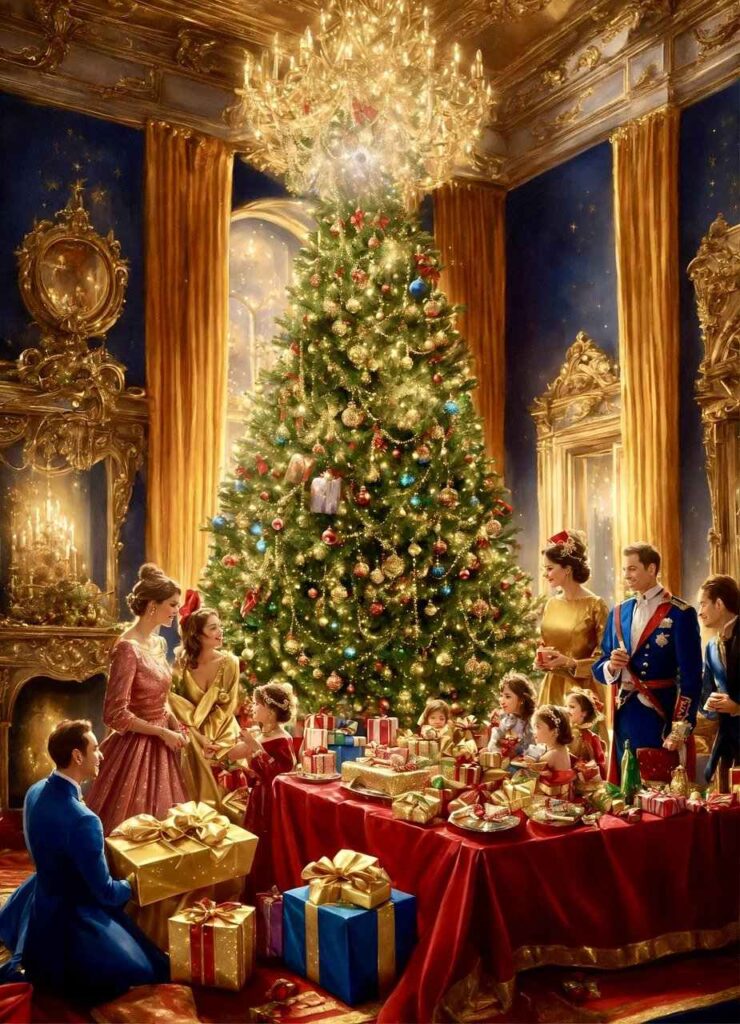
Vatican City State: During December 24th, the Catholic Christian Pope will preside over The Nativity of The Lord Mass in Saint Peter’s Basilica at 7:30 PM in order to accommodate the large crowd. On December 25th, the Pope delivers the traditional Urbi et Orbi blessing from the balcony of the Central Loggia of Saint Peter’s Basilica at noon to the super massive crowd of Christians assembled below. “Urbi et Orbi” is Latin,which is the official language of The Vatican, that translates into English as “to the city (of Rome) and to the world”. These mass events are televised across the world.
NOTE: ON European Languages: Besides UKers calling Santa Claus as Father Christmas, a version of this name dominates Western Europe in different languages. the French have Pere Noel, the Spanish have Babbo Natale, and the Irish have Daidi ns Nollag,
Latin American Festivities:a. Mexico: In Mexico, the celebration of Christmas extends for nine days with Las Posadas, a re-enactment of Mary and Joseph’s search for shelter. The festivities include processions, music, and the breaking of piñatas. The holiday season concludes on January 6th with the observance of Epiphany, known as Día de los Reyes (Three Kings’ Day).b. Brazil: Ther is the vibrant celebration of Papai Noel, the Brazilian version of Santa Claus. Families come together for a festive dinner on Christmas Eve, followed by the exchange of gifts. Many Brazilians also attend the traditional Misa do Galo (Rooster’s Mass) at midnight.
Asian and African Traditions:a. Japan: While Christmas is not a national holiday in Japan, it is widely celebrated as a secular occasion. Christmas illuminations, festive decorations, and the exchange of gifts are common. KFC (Kentucky Fried Chicken) has also become synonymous with that happy themed time , as many families enjoy a special meal from the fast-food chain on December 25th. Ethiopia: In Ethiopia, the celebration is on January 7th according to the Julian calendar. Known as Genna, the celebration involves attending church services, feasting on traditional dishes, and participating in colorful processions. Unique to Ethiopia is the game of Genna, a sport resembling hockey, played as part of the festivities.
Philippines: Simbang Gabi In the Philippines, the Christian holy season of Simbang Gabi involves a series of nine dawn masses leading up to Christmas. It is a deeply religious and communal tradition, followed by festive feasting and the exchange of gifts.
Africa:
Ethiopia: Ganna Christmas in Ethiopia, known as Ganna, is celebrated on January 7th and known as Ganna, the pious day begins with a church service followed by a festive feast. Unique to Ethiopia is the game of Ganna, a form of hockey that is played as part of the celebrations.
South Africa: Braai and Beach Celebrations In South Africa, where Christmas falls during the summer, families often celebrate with a traditional outdoor barbecue known as a “braai.” Many also head to the beach for festive gatherings, combining the joy of Christ’s birthday with the warmth of the African sun.

Conclusion:
The global celebration of Christmas serves as a testament to the diversity of human culture and the ability of people from various backgrounds to come together in the spirit of joy, love, and unity that includes those elaborate markets in Europe, the lively processions in Latin America, or the unique cultural adaptations in Asia and Africa, the customs and traditions reflect the rich tapestry of human experience. As we exchange greetings of “Merry Christmas” around the world, we embrace not only the birth of Jesus but also the shared humanity that binds us together during this festive season.
